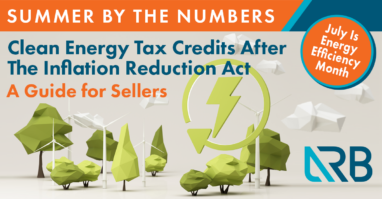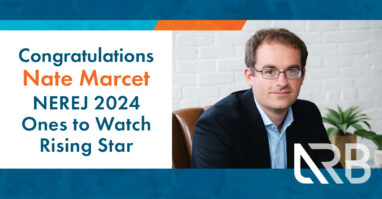Section 45L and Section 179D of the Internal Revenue Code—the Inflation Reduction Act (IRA) has brought significant changes to both incentives. Possibly the most cumbersome of these changes may be the prevailing wage requirements. Compliance with these requirements can be a challenge—and one that has deterred many would-be applicants. But don’t let these changes steal your energy. The opportunities far outweigh the obstacles. With some forethought and a strategic approach—and some skilled guidance from your advisor—businesses and individuals can navigate prevailing wage requirements, capitalize on these powerful tools, and make environmentally and financially conscious decisions that will give your business a green light to a greener future.
Section 45L: Tax Credits for Energy-Efficient Homes
Section 45L offers tax credits to developers and builders who construct energy-efficient homes and multifamily dwellings. This aligns with broader efforts to promote sustainability in the housing sector and reduce carbon footprints. Modifications under the IRA have increased the maximum credit available per dwelling unit, encouraging developers to invest in energy-saving technologies and design features. Eligible improvements include enhancements to building envelope components such as insulation, windows, doors, and HVAC systems that meet specific energy efficiency criteria.
Another significant aspect of the IRA’s impact on Section 45L is the adjusted baseline energy consumption levels. These adjustments reflect changes in energy efficiency standards, making it crucial for developers to stay informed and adapt their construction practices to meet the updated criteria.
Section 179D: Deductions for Energy-Efficient Commercial Buildings
Section 179D provides tax deductions to building owners and designers who incorporate energy-efficient systems into commercial properties, such as upgrades to HVAC systems, lighting, building envelope, and other green improvements. The IRA has enhanced this incentive by indexing the deduction amounts to inflation, ensuring that the benefits remain meaningful and relevant over time. Furthermore, taxpayers have the option to retroactively claim deductions for eligible improvements made in previous tax years, allowing for increased tax savings.
The adjustments made by the IRA also extend to the certification process for Section 179D eligibility. Businesses must ensure that their projects meet the updated standards and documentation requirements, including the use of IRS-approved software, to claim the deductions successfully.
Navigating Prevailing Wage Requirements
While the benefits of Sections 45L and 179D are substantial, prevailing wage requirements often intimidate developers and contractors. Proactive engagement with government agencies and compliance experts can provide valuable insights into prevailing wage intricacies and best practices. The Department of Labor website offers a number of resources to help individuals and businesses to determine their specific requirements. For more information, visit the DOL’s in-depth guide to “Prevailing Wage and the Inflation Reduction Act.”
Another effective strategy is to collaborate with experienced contractors and subcontractors familiar with prevailing wage regulations. By leveraging their expertise, developers can navigate wage compliance seamlessly, avoiding potential penalties and delays.
Looking Ahead
Prevailing wage requirements do not need to prevent developers, contractors, building owners, and designers from accessing the enhanced benefits of Sections 45L and 179D. By proactively addressing wage compliance concerns and integrating energy-efficient strategies, developers can maximize the opportunities Sections 45L and 179D present while fostering positive relationships with stakeholders and communities. Stay informed, collaborate with experts, and adopt sustainable practices—that’s how stakeholders will unlock the full potential of these incentives while contributing to a greener tomorrow. We encourage clients to reach out to a skilled tax advisor to discuss their unique circumstances. As always, we will provide further updates as they become available.

Nick Lagoditz, CPA, joined ARB in 2016 as an associate and became a tax manager in 2022. He provides tax preparation and business advisory services, with a focus on partnerships, real estate professionals, and construction businesses. Previous to ARB, Nick worked at a large international firm for nearly two years.






